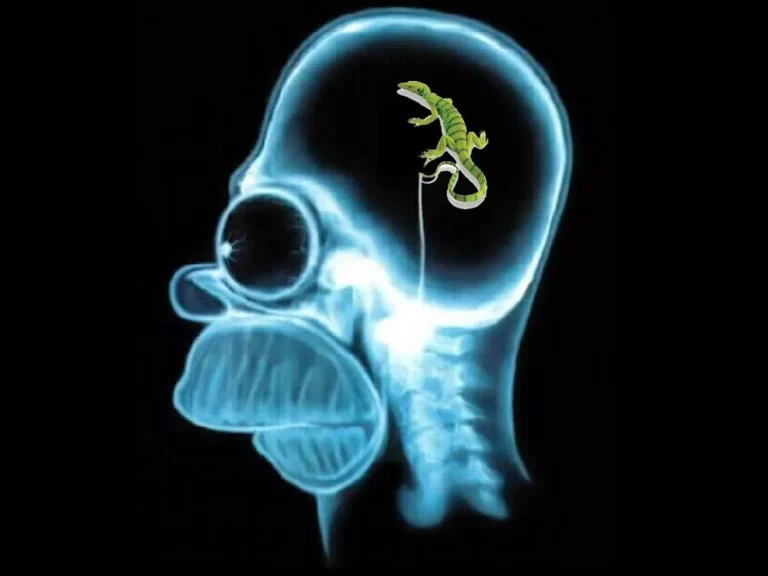“Eccentricity has always abounded when and where strength of character has abounded; and the amount of eccentricity in a society has generally been proportional to the amount of genius, mental vigor, and moral courage which it contained. That so few now dare to be eccentric, marks the chief danger of the time.” ~ John Stuart Mill
In a world chock-full of conformists kowtowing to authority and praising tradition, the mere example of nonconformity is itself a service. Status quo junkies may whine. Custodians of convention may quibble.
 Nine-to-fivers addicted to the daily grind may blather empty platitudes like “get a job, you bum!” But the artistic eccentrics with misfit-hearts and rebel-souls are drawing a line in the sand, declaring to the all-too-conservative Confederacy of Dunces, “Stop trying to force our circular art into your square job! You need us. Despite yourself, our art has the potential to set you free.”
Nine-to-fivers addicted to the daily grind may blather empty platitudes like “get a job, you bum!” But the artistic eccentrics with misfit-hearts and rebel-souls are drawing a line in the sand, declaring to the all-too-conservative Confederacy of Dunces, “Stop trying to force our circular art into your square job! You need us. Despite yourself, our art has the potential to set you free.”
There is a virtue in eccentricity that overshadows mere conventionality. Especially when the current convention is one of conquer-control-consume-repeat, ad nauseum. When the modern day fix comes at the expense of the rest of the biosphere, perhaps it’s time to change the fix.
And it’s the outlaw jesters, on the fringes of convention, pushing comfort zones like eccentric desperados “ridin’ fences,” who are attempting to change this myopic social fixation by discovering ways to personalize their own art and showing by good, or even bad example, new ways of being in this world.
They understand, as Nietzsche did, that, “The secret of reaping the greatest fruitfulness and the greatest enjoyment from existence is to live dangerously.”
Indeed. If there is a virtue in eccentricity it lies within the ability to draw a line in the sand, to put ones foot down, and to declare to the status quo, the powers that be, or even God, “You can have your moral high ground; I’ll stick with my amoral middle ground, and astonish you all.”
Here are four ways eccentrics are essential toward changing the world for the better.
1) They are willing to take on a hostile status quo
“The secret of life is to appreciate the pleasure of being terribly, terribly deceived.” ~ Oscar Wilde
 Eccentrics are willing to take on the status quo in order to discover something meaningful beyond cultural norms. They deregulate societal limitations. They shatter narcissism into funhouse mirrors. They break spells by guillotining ignorance. They topple the tyranny of opinion.
Eccentrics are willing to take on the status quo in order to discover something meaningful beyond cultural norms. They deregulate societal limitations. They shatter narcissism into funhouse mirrors. They break spells by guillotining ignorance. They topple the tyranny of opinion.
They push envelopes into paper cuts that cut the stickler. They are willing to yank the too-lazy-spine from the back of the human soul. They unapologetically reek of rebellion and jest. And nothing can stand in their way because their eccentricity has set them free.
As such, they are willing to take on any and all comers because their humorous Tao-that-cannot-be-named subsumes the status quo.
If the status quo is saying “there’s no way,” the eccentric is too busy creating one to care. Creativity is their saving grace. Imagination is their escape. Humor is their providence. No amount of bad human laws or flimsy man-made rules can contain a truly free eccentric.
They’ll pick locks with their tongues if need be. They’ll melt down prison bars into colanders if they have to. Authority is too constricting to be worth a damn anyway. Authority deserves nothing more than mockery and parody in the face of its typical violence or intimidation.
Eccentrics epitomize satire, testing authoritarian boundaries with both words and actions. They are true Jesterados: bold outlaw clowns who are not afraid of the fear-pedaling, war-mongering, sycophantic hoards bred by an immoral and unjust state.
2) They are prepared to fail
“We are all in the gutter, but some of us are looking at the stars.” ~ Oscar Wilde
Failure, for the eccentric, is simply an alternative route, an unfamiliar way of navigating a sometimes too-familiar path. Failure doesn’t necessarily lead into a brick wall. Just as often it can be the very thing that breaks that wall down.
Like Zig Ziglar said, “Failure is a detour, not a dead-end street.”
Indeed. Stumbling blocks are just as important as stepping stones in the infinite game of Trial-and-Error. Broken hearts are sometimes what is needed in order to build a heart that can handle greatness.
With the right kind of eyes, catastrophe can be just as fortunate a prospect as success. And in some cases it is the only way to achieve a breakthrough.
As such, the authentic eccentric is willing to stand on the precipice, tempting the fates, hugging the hurricane, and thumb-wrestling the gods. She wears a cloak of holes, mocking failure itself. She knows that failure won’t last, nor will victory.
She stares into the abyss of human absurdity, and she laughs, laughs, laughs.
3) They offer their own lives as an experiment
“Live as if you were living a second time, and as though you had acted wrongly the first time.” ~ Viktor Frankl
True eccentrics are guinea pigs par excellence, giving up their own lives to reveal new ways of being in the world. They are open-minded, open-hearted, and open-souled. Their life is their canvas. They are vulnerable to interesting surprises, dizzying adventures, and prepared to receive gifts, such as beautiful trouble and terrible love, that most people wouldn’t know what to do with.
Like Piero Ferrucci said, “Beauty comes from knowing the world around us in unexpected ways. If we think we already know all we need to know, we only end up shut in a sterile, inert, unchanging world. No prison is more oppressive than that. Better to inhabit a world where we can see the new even in the old, the banal, and the rejected. No scenario could be more inspiring.”
The eccentric is busy deciphering the new from the old despite how complicated or tricky it may be.
They are rebel clowns and mischievous madcaps, daring desperados and puzzling pranksters. They toe the line between the real world and the otherworldly in order to create new worlds. They’re not just on the periphery, they are the periphery, transforming borderlines into skylines.
They take the following words of wisdom from Thoreau and run with it: “Do not be too moral. You may cheat yourself out of much life. So aim above morality. Be not simply good; be good for something.”
4) They provide the essential service of furthering human flourishing
“To affect the quality of the day, that is the highest of arts.” ~ Henry David Thoreau

Eccentrics consistently make moves toward radical understanding. Despite the unsustainable machinery, despite the grinding clockwork, despite the cogs that keep it all churning, the eccentric is the one strategically tossing in wrenches like catalysts for change.
Their art is amoral jest, deflating the idea of “the best” and replacing it with “what’s next?” They eccentrically crush out. They transform tragedy into comedy into destiny.
No amount of failure or success is too much for their polish, for the sandpaper of their humor, to smooth out into a Golden Mean. The current condition is propped up, kindled, and then burnt to ashes. In its place the Phoenix of the new arises. But first seeds must be planted in those ashes, and that has always been the job of the eccentric since time immemorial.
Through foolish wisdom, or wise tomfoolery, the eccentric shines like diamonds in dark times, or at least like coal being compressed by the weight of a billion mothballs. Through high-laughter their little black-sheep hearts beat darkly against the blinding light. They quench fire with wet fists.
They dare to transform themselves from dimwits into misfits into outwits, and then have the audacity to do it all over again, repeating the process, ad infinitum. They spell Namaste backwards, waiving from the periphery, where present meets future, proclaiming to all who dare to step foot on the jagged path, “Etsaman: the eccentric in me recognizes and honors the eccentric in you.”
Image source:





















